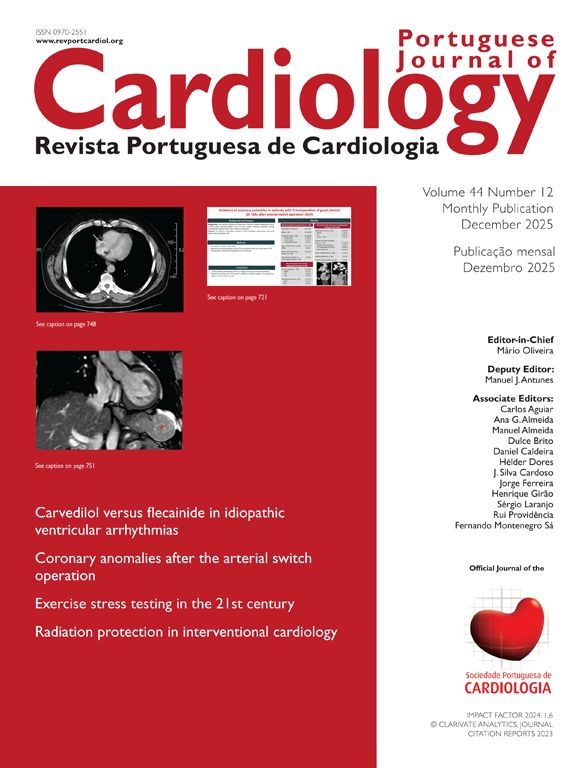Atrial fibrillation (AF) is the most common sustained cardiac arrhythmia and has been observed in up to 21% of hospitalized patients experiencing acute myocardial infarction (AMI).1 Potential triggers of AF in this context include hemodynamic instability resulting from left ventricular dysfunction, pericardial inflammation, atrial ischemia or infarction, metabolic disturbances, and elevated levels of endogenous or exogenous catecholamines.2,3
Multiple studies have investigated the clinical profiles of patients who develop AF during AMI. One of the largest datasets comes from the Cooperative Cardiovascular Project,4 where multivariate analysis identified advanced heart failure (Killip class IV) as the strongest predictor of AF development; other significant predictors included elevated admission heart rate, which may reflect left ventricular dysfunction and hemodynamic compromise, and advanced age.4
In the setting of AMI, AF contributes to hemodynamic compromise through mechanisms such as rapid ventricular response, irregular diastolic filling, and the loss of atrial systole, all of which elevate myocardial oxygen demand.5 While the adverse impact of AF on short-term in-hospital outcomes is well established, its prognostic significance with respect to long-term outcomes remains less clearly defined.
In the study by Prieto-Lobato et al. – published in this issue of the journal – the authors conducted a retrospective observational analysis of patients admitted to the Cardiovascular Critical Care Unit of a tertiary care center between December 2011 and May 2021. The study focused on individuals diagnosed with ST-segment elevation myocardial infarction or non-ST-segment elevation myocardial infarction who developed their first episode of AF during hospitalization. Exclusion criteria included patients with a history of prior AF, those who remained in AF at discharge, and individuals for whom one-year follow-up was unavailable. The primary objective was to assess the recurrence rate of AF within one year after discharge in patients who had a first episode of paroxysmal AF during their AMI hospitalization. Secondary outcomes included all-cause mortality, cardiovascular mortality and a composite endpoint comprising hospitalization due to heart failure, new acute coronary syndrome, revascularization procedures, stroke, and major bleeding, as defined by the Bleeding Academic Research Consortium criteria. A total of 209 patients were included and the authors described demographic, laboratory, and echocardiographic data, along with interventional and pharmacological treatments during hospitalization and at discharge.
The first key finding of this study was that the prevalence of new-onset AF in the setting of AMI was 10.5%, aligning with rates reported in recent studies ranging from 4 to 12%.6,7 This reinforces the notion that newly diagnosed AF during the acute phase of AMI is a relatively common occurrence in routine clinical practice.
With regard to the study's headline finding, it is notable that the observed recurrence rate of AF post-discharge was relatively low (9.1%) and inferior to that previously reported by Guenancia et al.8 and Siu et al.9 However, two important considerations should be highlighted. First, the follow-up period was limited to merely one year, potentially missing later recurrences. Second, AF screening relied on intermittent assessments rather than continuous ECG monitoring, which could underestimate the true recurrence and fail to detect subclinical episodes. Nevertheless, it is important to emphasize that in the context of AMI, AF may be transient, triggered by reversible factors such as atrial ischemia and elevated left ventricular filling pressures. These may resolve after the acute phase, preventing long-term structural remodeling and reducing the likelihood of AF recurrence.
The low recurrence observed in this study raises important clinical questions, particularly concerning the need for anticoagulation for stroke prevention in patients who are already receiving antiplatelet therapy. The addition of anticoagulation would require dual or even triple therapy, thereby increasing the risk of both major and minor bleeding. Notably, a study by Siu et al. in the early 2000s, reported a higher incidence of stroke in patients with transient AF during inferior AMI, despite the use of dual antiplatelet therapy.9 This finding reinforces that even AF episodes associated with acute events may confer a meaningful risk of stroke and, in some cases, warrant anticoagulation. That said, more robust evidence is needed before adopting long-term oral anticoagulation in this population, particularly for patients with preserved or restored left ventricular function, isolated short-duration AF episodes during hospitalization, and low thromboembolic risk scores such as CHADS-VA. Carefully balancing the risk of bleeding against the potential for stroke prevention remains a key challenge in this clinical scenario.
Finally, the authors observed that patients with AF recurrence had a significantly worse prognosis, primarily driven by an increased rate of heart failure hospitalizations. While mortality in this group was numerically higher, the difference did not reach statistical significance, likely due to limited sample size. The association between AF and adverse outcomes in the setting of AMI has been well documented in prior studies. For instance, the GUSTO I trial demonstrated a significantly higher one-year mortality in patients with AF compared to those without arrhythmia.10 Similarly, the more recent CREDO-Kyoto trial, which included 6228 PCI-treated AMI patients, found that both new-onset and pre-existing AF were linked to higher-risk clinical profiles and worse outcomes.6 A systematic review covering studies from the 1980s to 2007 also confirmed an association between AF during myocardial infarction and increased in-hospital as well as long-term mortality.1 However, it is important to consider that AF in the context of AMI may act more as a surrogate for elevated baseline risk rather than acting as a direct contributor to poor outcomes. This emphasizes the need for enhanced surveillance and aggressive management of heart failure in patients who develop AF after AMI. To understand better the long-term implications and to assess whether early rhythm control or anticoagulation strategies could improve outcomes, larger, well-powered studies are warranted.
Regardless of the limitations highlighted by the authors, we believe that this is an important study providing valuable data on the prevalence of new-onset AF in the context of AMI, as well as arrhythmic recurrence in the first year and cardiovascular outcomes. Despite the low rates of recurrence, new AF appears to conceal an increased risk of heart failure and mortality in post MI patients. There is a pressing need for careful risk assessment and better tailored post-discharge strategy for patients with AMI and transient AF, founded on better patient categorization and discrimination among different variables and risk factors. Improving outcomes when these two significant cardiovascular conditions intersect requires a personalized approach that carefully considers the clinical context, AF profile and individual patient characteristics.
FundingNo external or internal funding was provided.
Conflict of interestNone declared.





